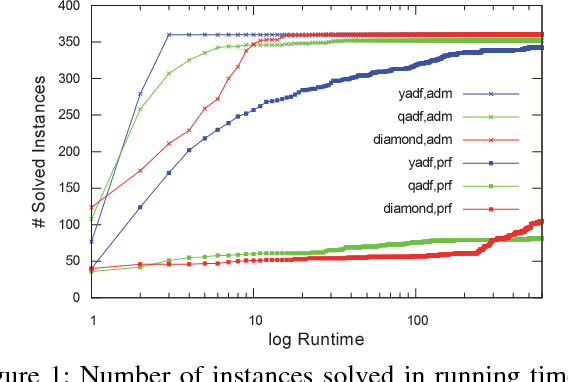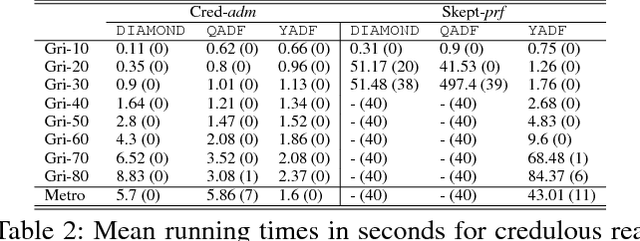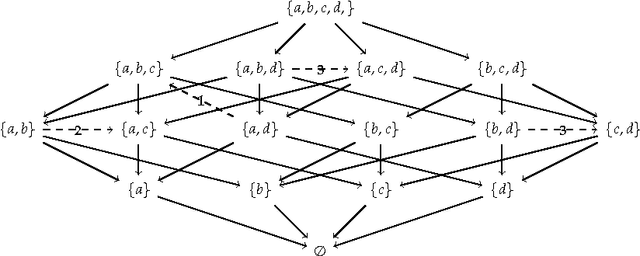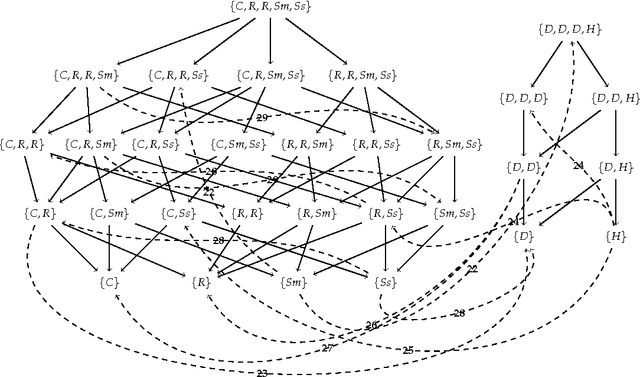Martin Diller
A Farewell to Harms: Risk Management for Medical Devices via the Riskman Ontology & Shapes
May 22, 2024



Abstract:We introduce the Riskman ontology & shapes for representing and analysing information about risk management for medical devices. Risk management is concerned with taking necessary precautions so a medical device does not cause harms for users or the environment. To date, risk management documentation is submitted to notified bodies (for certification) in the form of semi-structured natural language text. We propose to use classes from the Riskman ontology to logically model risk management documentation and to use the included SHACL constraints to check for syntactic completeness and conformity to relevant standards. In particular, the ontology is modelled after ISO 14971 and the recently published VDE Spec 90025. Our proposed methodology has the potential to save many person-hours for both manufacturers (when creating risk management documentation) as well as notified bodies (when assessing submitted applications for certification), and thus offers considerable benefits for healthcare and, by extension, society as a whole.
Risk Management for Medical Devices via the Riskman Ontology & Shapes
May 16, 2024



Abstract:We introduce the Riskman ontology & shapes for representing and analysing information about risk management for medical devices. Risk management is concerned with taking necessary precautions so a medical device does not cause harms for users or the environment. To date, risk management documentation is submitted to notified bodies (for certification) in the form of semi-structured natural language text. We propose to use classes from the Riskman ontology to logically model risk management documentation and to use the included SHACL constraints to check for syntactic completeness and conformity to relevant standards. In particular, the ontology is modelled after ISO 14971 and the recently published VDE Spec 90025. Our proposed methodology has the potential to save many person-hours for both manufacturers (when creating risk management documentation) as well as notified bodies (when assessing submitted applications for certification), and thus offers considerable benefits for healthcare and, by extension, society as a whole.
Solving Advanced Argumentation Problems with Answer Set Programming
Dec 05, 2019


Abstract:Powerful formalisms for abstract argumentation have been proposed, among them abstract dialectical frameworks (ADFs) that allow for a succinct and flexible specification of the relationship between arguments, and the GRAPPA framework which allows argumentation scenarios to be represented as arbitrary edge-labelled graphs. The complexity of ADFs and GRAPPA is located beyond NP and ranges up to the third level of the polynomial hierarchy. The combined complexity of Answer Set Programming (ASP) exactly matches this complexity when programs are restricted to predicates of bounded arity. In this paper, we exploit this coincidence and present novel efficient translations from ADFs and GRAPPA to ASP. More specifically, we provide reductions for the five main ADF semantics of admissible, complete, preferred, grounded, and stable interpretations, and exemplify how these reductions need to be adapted for GRAPPA for the admissible, complete and preferred semantics. Under consideration in Theory and Practice of Logic Programming (TPLP).
Encoding monotonic multi-set preferences using CI-nets: preliminary report
Nov 09, 2016



Abstract:CP-nets and their variants constitute one of the main AI approaches for specifying and reasoning about preferences. CI-nets, in particular, are a CP-inspired formalism for representing ordinal preferences over sets of goods, which are typically required to be monotonic. Considering also that goods often come in multi-sets rather than sets, a natural question is whether CI-nets can be used more or less directly to encode preferences over multi-sets. We here provide some initial ideas on how to achieve this, in the sense that at least a restricted form of reasoning on our framework, which we call "confined reasoning", can be efficiently reduced to reasoning on CI-nets. Our framework nevertheless allows for encoding preferences over multi-sets with unbounded multiplicities. We also show the extent to which it can be used to represent preferences where multiplicites of the goods are not stated explicitly ("purely qualitative preferences") as well as a potential use of our generalization of CI-nets as a component of a recent system for evidence aggregation.
 Add to Chrome
Add to Chrome Add to Firefox
Add to Firefox Add to Edge
Add to Edge